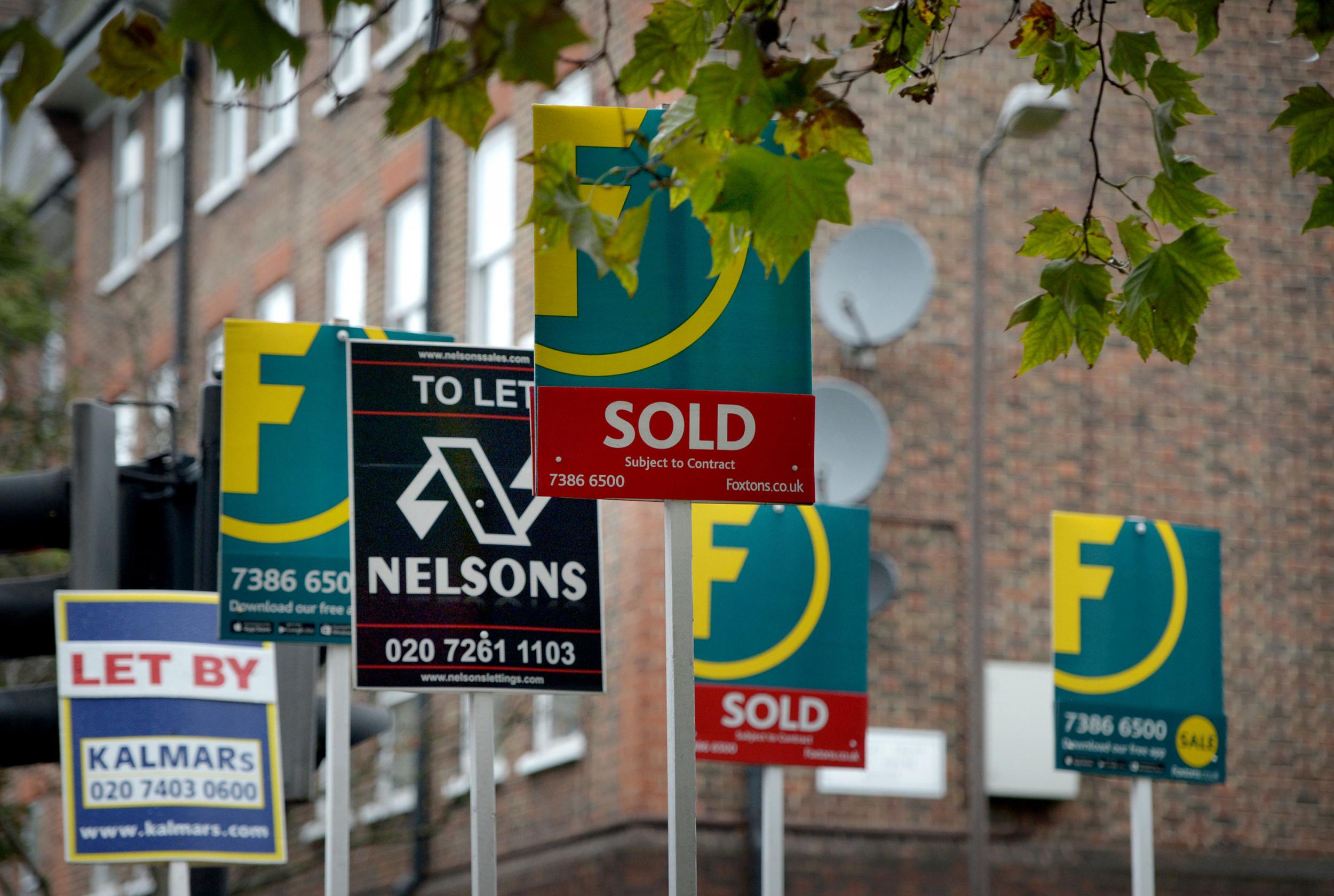Boris Johnson’s housing reform plans are a godawful mess
Plans will exacerbate UK’s shortage of social housing and won’t help first-time buyers, writes James Moore


Before we go any further on the topic of housing, let’s hear Shelter chief executive Polly Neate’s commendably blunt assessment of Boris Johnson’s first big post-confidence vote announcement.
Here it is: “The prime minister’s housing plans are baffling, unworkable and a dangerous gimmick. Hatching reckless plans to extend Right to Buy will put our rapidly shrinking supply of social homes at even greater risk.
“For decades the promise to replace every social home sold off through Right to Buy has flopped. If these plans progress, we will remain stuck in the same destructive cycle of selling off and knocking down thousands more social homes than get built each year.
“The maths doesn’t add up: why try to sell off what little truly affordable housing is left – at great expense – when homelessness is rising and over a million households are stuck on the waiting list?
“The government needs to stop wasting time on the failed policies of the past and start building more of the secure social homes this country actually needs.”
She is bang on the money. But while removing a chunk of Britain’s already inadequate supply of social housing with more Right to Buy was the rotting meat of Johnson’s announcement, there were plenty of rancid vegetables to go with it.
Take the mortgage review, likely to report in the autumn. It is no less detached from reality if one considers the thought process behind it, if indeed any thought went into it at all.
The government says it wants to help more people on to the housing ladder, with the review intended to look at how to improve the supply of low deposit mortgages.
Deposits are a considerable hurdle faced by all those not in receipt of parental largesse via the so-called Bank of Mum & Dad (which would be a top-five lender were it included in the official figures).
Address that problem and you open up the market, so the theory goes.
But is it really a problem? Just for fun, I decided to test the availability of 95 per cent mortgages by putting Zoopla’s average price paid by a first-time buyer – £220,000 – into MoneySupermarket. It coughed up more than 200 possible deals for those with the necessary deposit of £11,000.
You will obviously find a more attractive rate if you can cough up a 10 per cent deposit, because the higher the deposit, the less the risk is to the lender. But 95 per cent mortgages are clearly out there.
Troublingly, the government appears to have learnt little from its previous efforts to stimulate this sector of the market via the offer of what amounted to subsidies to reduce lenders’ risks and encourage them to dip into a part of the market they were avoiding. Help to Buy, and its Rishi Sunak rebranded successor.
All these schemes served to do, as Shelter pointed out, was to stimulate the bottom of the market, pushing prices higher. Put simply, they were an exercise in economic illiteracy. The only winners were sellers, who were already laughing after years of sustained price inflation.
It doesn’t appear to have registered with the government that the UK housing market does not suffer from a lack of mortgages, 95 per cent or otherwise. It suffers from a lack of homes for people to buy, from a desperate lack of supply to cope with the current level of demand.
Ministers have done little to address that particular problem, despite their repeated promises. Michael Gove’s plans to shake up the planning laws, with the aim of encouraging development, were, in point of fact, rowed back on in the recent Queen’s Speech in the face of fierce resistance from southern Tory MPs, running scared of their nimby constituents.
Gove also ditched the 300,000-a-year new-build manifesto pledge in a BBC interview, stating that the government was “not bound” by it.
Shall we continue? Tweaking universal credit to allow the use of housing benefit to subsidise mortgage payments for first-time buyers has also come under fire.
In theory, it will only be available to our first-time buyers, but that opens up a can of worms, including (potentially) legal worms.
If these can be overcome, it will still only likely help a small number of people. Most of those on benefits have little in the way of savings, let alone enough for even a modest deposit. And the evil work of the cost of living crisis is far from finished. Duh.
The whole thing is a mansion-sized mess, which looks like it was hurriedly sketched out on the back of a packet of cornflakes.
But then, this isn’t really an exercise in policymaking, now, is it? Rather, it’s the latest iteration of the “Save Big Dog” franchise, which was a dismal spectacle when it first hit our screens but as a sequel has now clearly descended into sub-Deuce Bigalow: European Gigolo territory,






Join our commenting forum
Join thought-provoking conversations, follow other Independent readers and see their replies
Comments